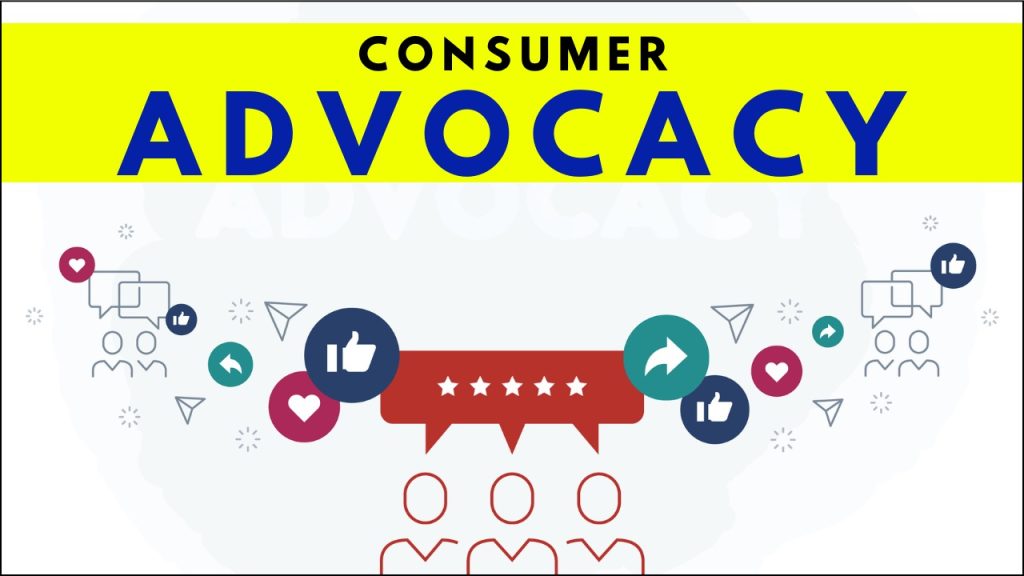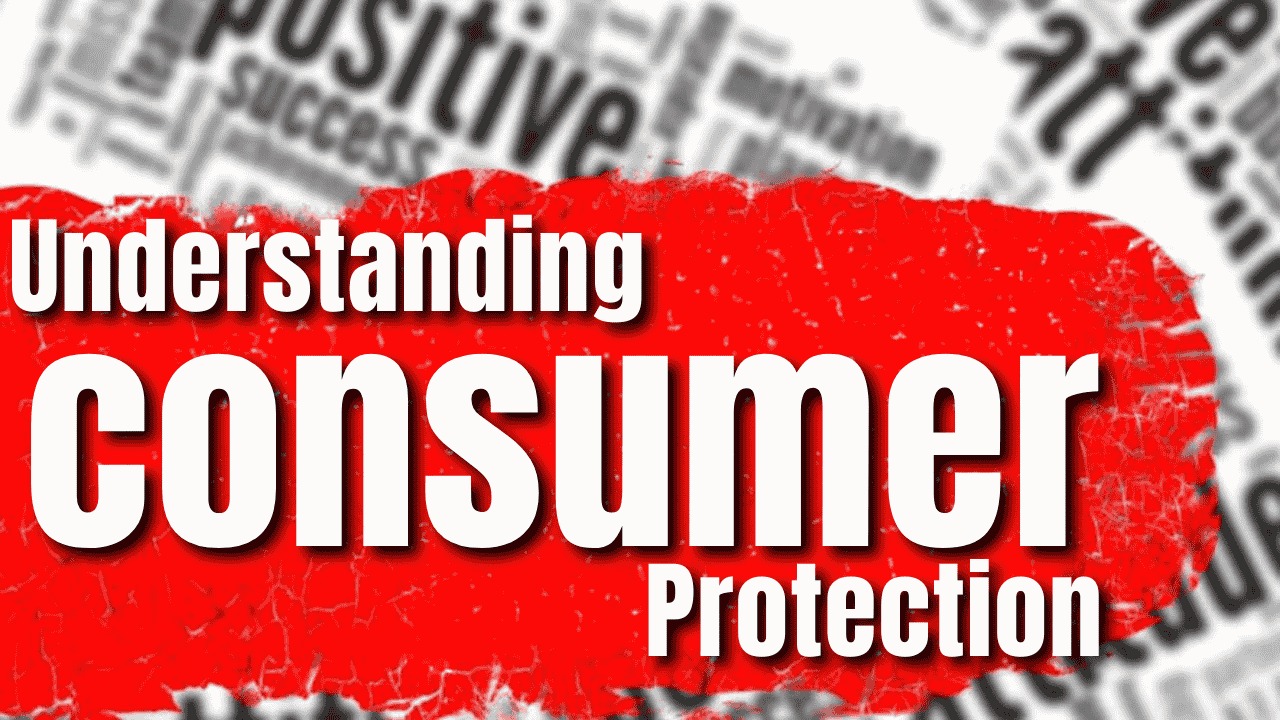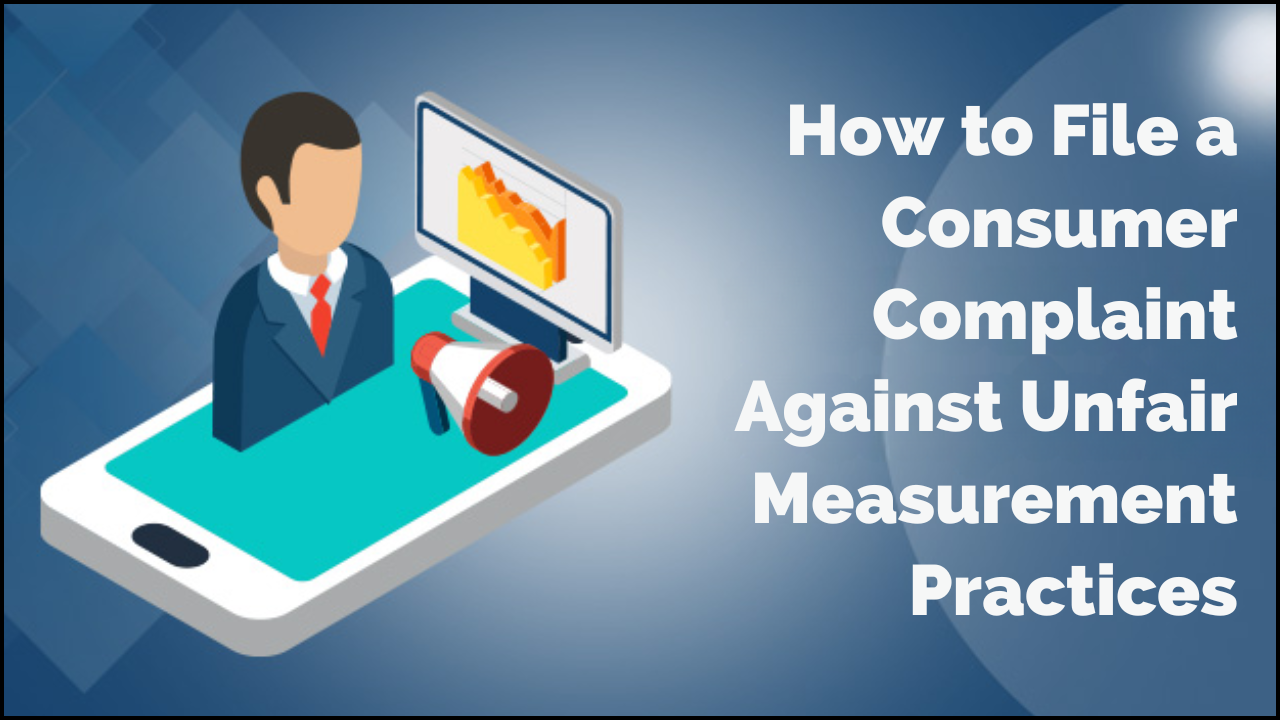
Consumers today have more influence than ever before. They are no longer just buyers but also powerful voices that can push companies to improve their products, services, and business ethics. Through collective action, consumers have the ability to drive industry-wide changes, ensuring fairness, quality, and transparency.
What is Consumer Advocacy?
Consumer advocacy refers to efforts made by individuals or groups to protect consumer rights, promote ethical business practices, and demand better products and services.
Key Goals of Consumer Advocacy
| Goal | Description |
|---|---|
| Fair Pricing | Preventing businesses from charging excessively high prices for essential goods and services. |
| Product Safety | Ensuring that companies follow safety standards and do not sell defective or harmful products. |
| Ethical Practices | Encouraging businesses to follow fair labor laws, sustainability measures, and honest marketing. |
| Better Customer Service | Holding businesses accountable for misleading claims, poor service, or unfair policies. |
How Consumers Drive Industry Change
Consumers can influence businesses in various ways:
1. Social Media Campaigns
- Social media platforms amplify consumer voices.
- Complaints and reviews can go viral, forcing businesses to respond quickly.
- Example: In 2017, United Airlines faced massive backlash after a passenger was forcibly removed from a flight. Public outrage led to a policy change.
2. Consumer Boycotts
- Refusing to buy from unethical brands creates financial pressure.
- Example: The Nestlé boycott in the 1970s over unethical baby formula marketing led to changes in company policies.
3. Legal Actions and Lawsuits
- Consumers can take legal action against unfair business practices.
- Example: In 1998, a lawsuit against tobacco companies led to a $206 billion settlement, changing how cigarettes are marketed.
4. Policy Changes and Government Regulations
- Consumer pressure leads to stronger laws and regulations.
- Example: The GDPR law in Europe (General Data Protection Regulation) was introduced to protect online privacy due to consumer demand.
The Role of Social Media in Consumer Advocacy
Social media has become a powerful tool for consumer activism. A single viral post can force a company to change its policies.
| Platform | How It Helps in Consumer Advocacy |
|---|---|
| Twitter/X | Quick sharing of complaints and feedback, making issues trend globally. |
| Community groups, petitions, and viral campaigns can create awareness. | |
| Visual storytelling highlights unethical practices. | |
| YouTube | Detailed reviews and investigative reports expose corporate wrongdoing. |
| Consumer discussions and upvoting system amplify significant issues. |
Example: The #DeleteUber campaign saw thousands of users uninstalling the Uber app in response to unethical business practices, forcing the company to make changes.
Consumer Boycotts: A Powerful Tool for Change
Boycotts are one of the most effective forms of consumer advocacy. They can push companies to reform their policies when they start losing customers.
Successful Consumer Boycotts
| Company | Reason for Boycott | Impact |
|---|---|---|
| Nestlé (1970s-Present) | Unethical marketing of baby formula in developing countries. | Global protests forced policy changes. |
| Uber (2017) | Allegations of workplace harassment and unfair labor practices. | Massive user decline led to CEO resignation. |
| H&M and Zara (Recent) | Environmental and labor concerns in fast fashion. | Introduction of sustainable clothing lines. |
Legal Action and Policy Changes
When consumer advocacy efforts lead to legal battles, they can result in massive industry reforms.
Major Lawsuits That Changed Industries
| Case | Industry | Outcome |
|---|---|---|
| 1998 Tobacco Settlement | Cigarette industry | $206 billion settlement, new advertising restrictions. |
| Google Antitrust Case | Tech industry | Fined billions, forced to improve competition practices. |
| Volkswagen Emissions Scandal | Automobile industry | Hefty fines and vehicle recalls worldwide. |
The Future of Consumer Advocacy
Consumer advocacy is evolving, and new technologies will further empower buyers.
Upcoming Trends in Consumer Advocacy
- Artificial Intelligence & Big Data – Consumers will have better tools to track business ethics.
- Blockchain Technology – More transparency in supply chains and product authenticity.
- Stronger Regulations – Governments will introduce stricter consumer protection laws.
- Ethical Consumerism – A growing preference for sustainable and fair-trade products.
How Consumers Can Make an Impact
Individuals can contribute to consumer advocacy by:
- Supporting ethical brands – Buying from companies that prioritize sustainability and fair labor.
- Using social media – Sharing honest reviews and raising awareness.
- Participating in petitions – Signing and promoting petitions for better consumer rights.
- Educating themselves – Researching brands before making purchases.
- Reporting unethical practices – Alerting regulatory bodies about unfair business conduct.
Final Analysis
Consumer advocacy is a powerful force that can reshape industries and drive businesses toward ethical and fair practices. Through social media campaigns, boycotts, legal actions, and policy changes, consumers have the ability to influence business decisions.
By staying informed, speaking up, and making mindful purchasing choices, every consumer can be a part of this movement. Together, people have the power to shape a more transparent, responsible, and consumer-friendly market.














A well-placed “Moving on…” can be a punchline — pluscomedy.com